- Overview
- Types
- Hormonal Methods
- Barrier Methods
- Behavioral Methods
- Medical Methods
- Male Birth Control
- Emergency Contraception
- Side Effects & Complications
- View Full Guide
They Put What Where? The History of Birth Control

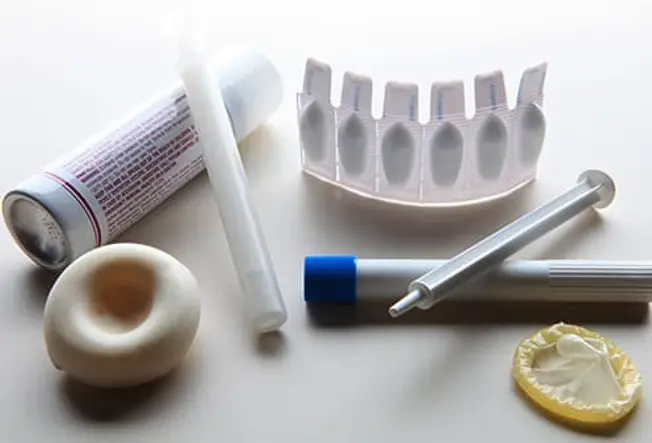
Anything to Avoid Abstinence!
Our ancestors would try just about anything to prevent pregnancy, from animal poop and poisonous potions, to citrus fruits and wooden blocks. Before modern medicine gave us go-tos like the pill and patch, couples resorted to more unusual birth control methods.

The Best Offense Is a Good Defense
Iron chastity belts under lock and key are often connected with Medieval torture devices, but the truth is that they didn’t become popular until the 1800s. Fashion magazines advertised them as a defense against rape. During the Industrial Revolution, women in England and France were entering the workforce in record numbers, and some bought the uncomfortable underpants to ward off sexual assaults. Men sometimes wanted their mates to wear them to prevent cheating and masturbation.
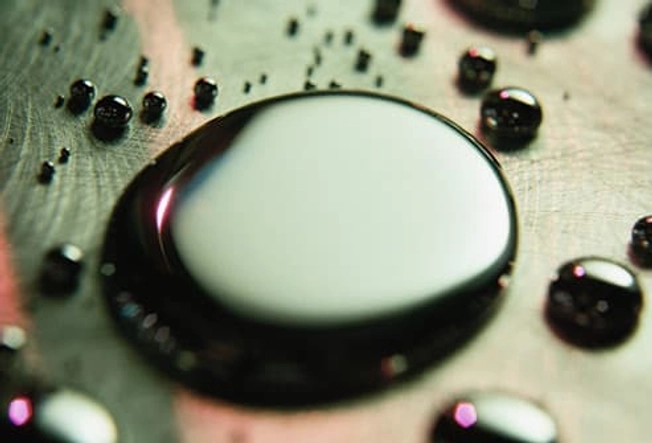
Mercury Rising
Wearing metal can be aggravating, but drinking it is downright dangerous. Thousands of years ago, some Chinese women drank liquid lead and mercury as a contraceptive. It had terrible side effects like sterility, kidney failure, brain damage, and could lead to death.

In Hot Water
Soranus, a 2nd century Greek gynecologist really missed the mark. He told women to jump backward seven times after sex and drink the water blacksmiths used to cool their metal. Did he not learn anything about metal poisoning from ancient China? Then again, even as recently as World War I, some women volunteered to work with lead in factories in hopes of becoming sterile.
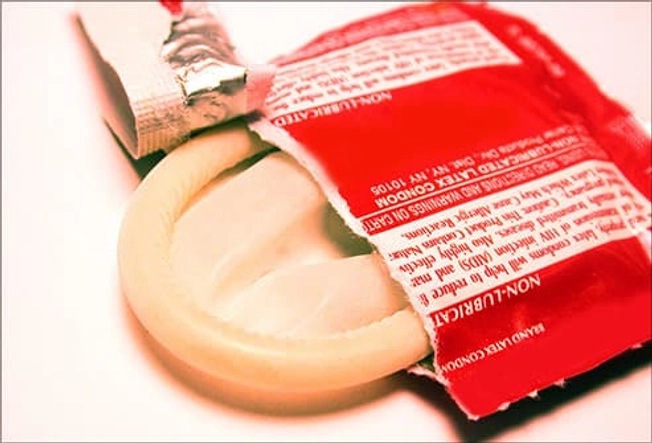
Wrap It Up
The first mention of a condom dates back to 3000 B.C. when King Minos of Crete (from Homer’s Illiad) used the bladder of a goat to protect his wife from the “serpents and scorpions” in his semen. Yikes. Through the ages, people also used linen, sheep intestines, and fish bladders.

'Open Happiness'
Long before the latest “Share a Coke” ad campaign, some women would pop open a can for a different kind of refreshment. And in 1985, Harvard researchers reported that the soda killed some sperm in test tubes. The New Coke formula turned out to be a dud, funny enough, while Diet Coke was the most effective. But before you go stocking up on six-packs to use as a spermicidal douche, note that later studies couldn’t prove the findings.

Squeaky Clean
Lysol sanitizes door handles and countertops, but we draw the line at vaginas. The household disinfectant once advertised itself as a douche to prevent infection and odor. To get around the 1873 Comstock Act, which banned “articles of immoral use,” birth control was disguised and sold as feminine hygiene products. The ad campaign reportedly made Lysol soap the best-selling contraceptive of The Great Depression. But not surprisingly, it caused inflammation and burning. Some women even died from it.
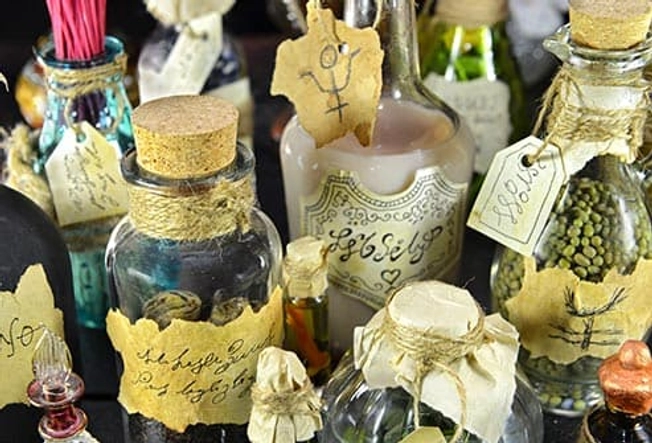
Work Its Magic
When all else fails, why not put a little faith in magic spells and potions? We're joking, but in the Middle Ages, some people wore amulets made of mule’s earwax, weasel’s testicles, and a bone taken from the right side of a black cat. Couldn’t hurt, right?

You Shall Not Pass!
Long before the diaphragm, some women made crude sperm barriers with bizarre materials:
- Ancient Indians and Egyptians used the poop of “mystical” animals like crocodiles and elephants. And thanks to its high acidity, it may have actually worked.
- Africans made plugs out of chopped grass or cloth.
- Japanese prostitutes used bamboo tissue.
- Islamic and Greek women wadded up wool.
- Slavs used linen rags.
- Jewish women wrapped a sea sponge in silk and attached a string to it. It’s fairly effective and still used today!

Lemony Fresh
The legendary Casanova reportedly asked his lovers to use lemon halves, because high levels of acidity can kill semen. The idea that ladies would even consider this option is a testament to his charms.
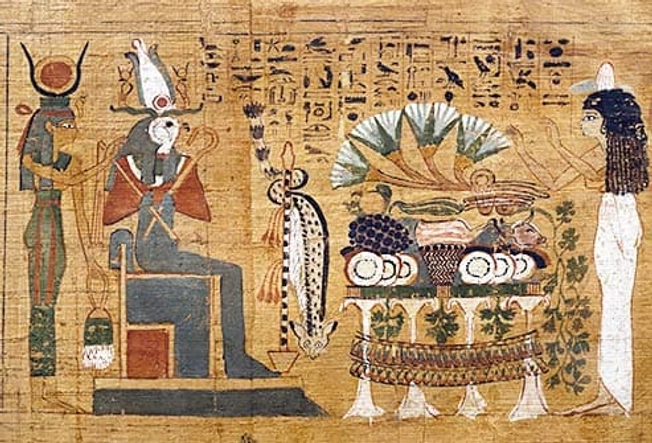
Motherhood vs. Mother Nature
One of the first prescriptions for birth control was on a papyrus sheet from 1550 B.C. Egypt. It calls for a tampon made of seed wool soaked in ground thorn tree, dates, and honey.

Just Imagine the Splinters!
Still not shocked? Then imagine a wooden block up there. Women breathed a widespread sigh of relief when it was banned and declared an “instrument of torture” in the 1930s.